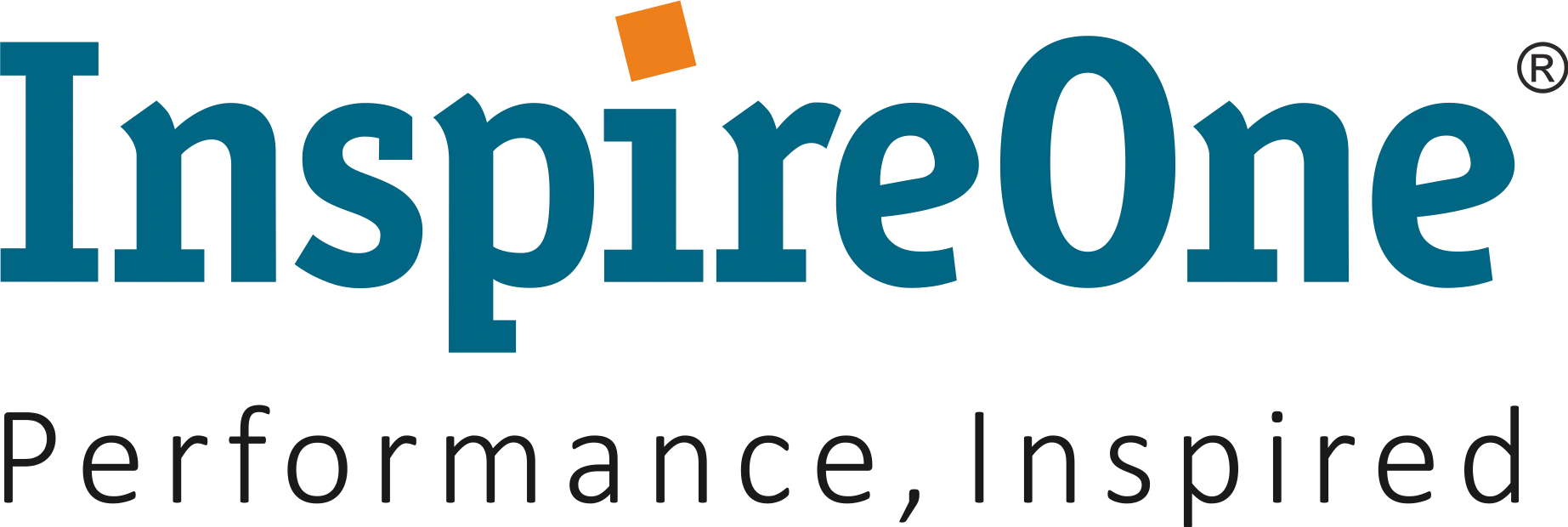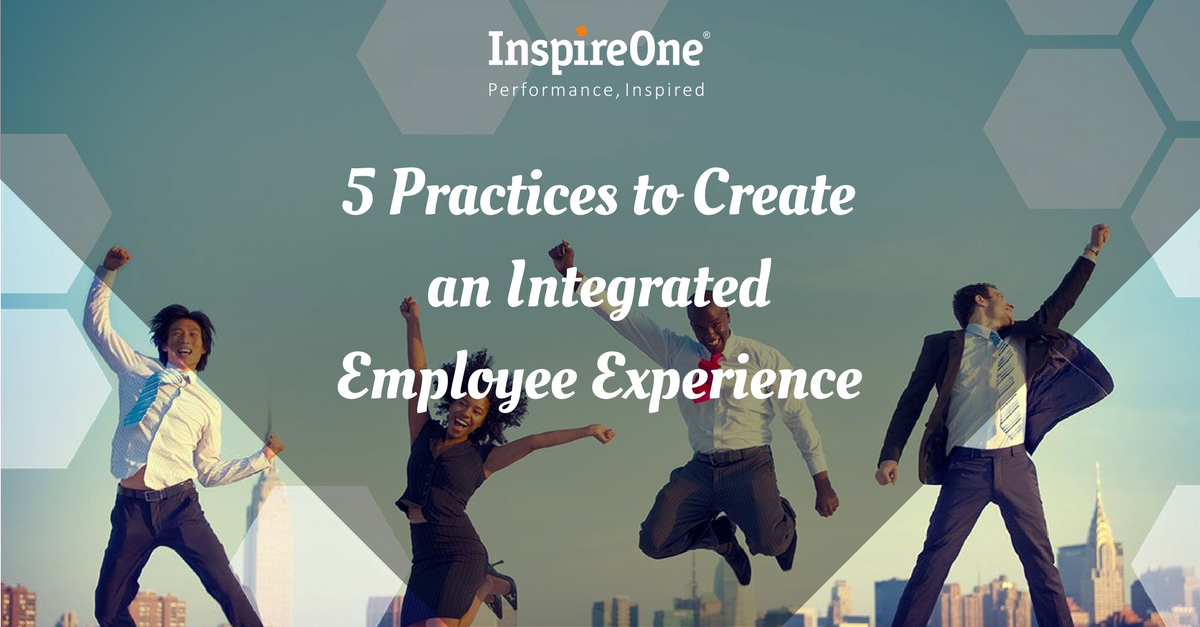The writing on the wall is clear. Employee engagement impacts all business metrics of customer satisfaction, productivity, innovation and increased revenue. Leaders, today, understand that employee engagement has moved from the realm of “good to do” to being an imperative for creating a differentiated employee and customer proposition. Especially in the VUCA environment and an ever-growing millennial workforce.
Rather than focusing narrowly on employee engagement as an annual “survey event”, organizations today are constructing an integrated employee experience strategy that brings together all the elements of workplace, leadership practices, and people processes
Constructing a seamless employee experience journey aligned to the EVP and one that ensures employee engagement is the key challenge for HR leaders.
To explore and understand the various practices that organizations worldwide have adopted to design employee experience, the IBM Smarter Workforce Institute and Globoforce’s WorkHuman® Research Institute1 combined forces to conduct a global research study. The study highlights five strategies that organizations can adopt to improve their overall employee experience.
#1 Personalization
Work is seldom a one-size-fits-all proposition. Many organizations are now recognizing the importance of balancing the needs of the organization with the unique characteristics of individuals and workgroups. Therefore, they are looking for ways to tailor the employee experience to address both requirements. From a social perspective, this could include enabling employees to interact on a collaborative platform that draws on data from the company’s HR systems as well as from data on an individual’s self-identified interests. At the physical level, this could include empowering individuals to configure their work areas to match both their work requirements and their personal tastes. Another example is personalized learning, which is geared towards an employee’s specific learning objectives based on job performance and personal career objectives. Personalization can also involve the configuration of various digital tools to adapt to unique user needs.
#2 Transparency
Much as individuals are looking to gain a greater understanding of what goes into their food, clothing, and other goods and services, they are also seeking to understand their own organizations’ workings. They want to know how their efforts contribute to larger goals. Social platforms give individuals a forum to raise concerns, contribute innovative ideas and maintain an ongoing dialogue with leadership. Social platforms can also reveal informal networks and identify influence leaders. We are even seeing organizations increase transparency of physical interactions, using the Internet of Things to observe collaboration patterns and interactions with customers.
#3 Simplicity
Many individuals in large organizations struggle with two forces that make the flow of work increasingly challenging. On the one hand, years of mergers, acquisitions, and technology changes have turned work processes into convoluted sets of procedures and regulations that contribute to frustration and poor customer responsiveness. At the same time, organizations are bombarded by new sources of data and information that often conflict and lack the necessary context to improve decision making. Even simple activities, such as running an effective meeting, are often complicated by conference rooms equipped with incompatible technology and virtual platforms that freeze at key moments. Simplification efforts, like removing non-value-add process steps, providing easier access to knowledge bases or changing the way information is displayed, can create a more positive work environment.
#4 Authenticity
Most of the organizations that participated in the IBM | Globoforce Study highlighted the importance of aligning employee experiences to the organization’s culture and value system.
Organizations that claim a particular characteristic but fail to follow through in their actions, leadership behaviors, policies, processes etc. can come across as inauthentic to employees, whose impressions inevitably trickle down to clients.
#5 Responsiveness
Feedback is quickly becoming ubiquitous in our consumer and professional lives. Not only do individuals want to provide input into their working environments, they expect companies to respond to their ideas and concerns. As highlighted in IBM’s “Amplifying Employee Voice,” a previous IBV study, “By embracing employees’ willingness to engage, organizations can work more effectively with an increasingly vocal and dispersed workforce. They can also gain valuable insights —from spotting warning signs to garnering innovative ideas —based on information employees share every day. Organizations can then turn those insights into action to improve organizational knowledge, productivity, and performance, and to deepen employee engagement.”2
Organizations are beginning to incorporate responsiveness into their ongoing performance management systems. Globoforce, a provider of social recognition software, gives individuals the opportunity to provide feedback to others within the organization via a mobile app and provides them with rewards for their contributions. The software delivers immediate, direct and visible insights to employees and leadership, and generates a high volume of transactions that can provide data on relationships, productivity, and organizational interdependencies
While it is the human resource function that should be spearheading the designing and delivery of a unique employee experience, it is important to keep in mind that the HR function cannot bear the sole responsibility for improving the employee experience. Doing so requires a cadre of support from other functions such as marketing, IT and real estate/facilities, as well as leadership from line executives.
How InspireOne | IBM can help
Today’s organizations need to attract, retain and develop top-performing talent, create engaging social and collaborative cultures, and connect the right people to get work done. InspireOne | IBM solutions combine market-leading talent management and social collaboration tools with the power of workforce science and advanced analytics. We help organizations build impassioned and engaged workforces, and deepen client relationships that can lead to measurable business outcomes.
References
1Globoforce WorkHuman Research Institute. (2016). The ROI of recognition in building a more human workplace. Retrieved
2Feinzig, Sheri, Eric Lesser and Rena Rasch. “Amplifying employee voice: How organizations can better connect to the pulse of the workforce.” IBM Institute for Business Value. 2015.







